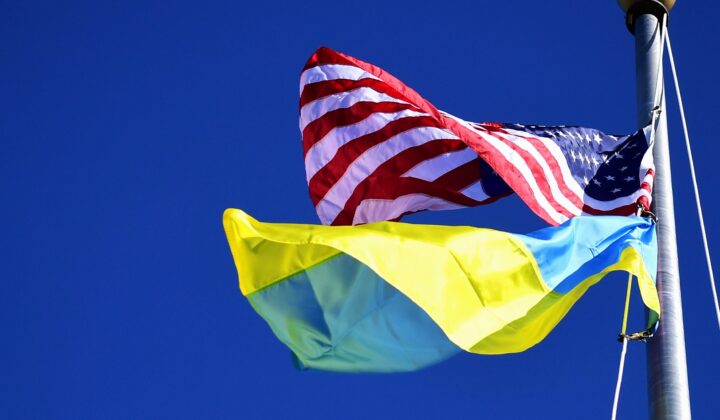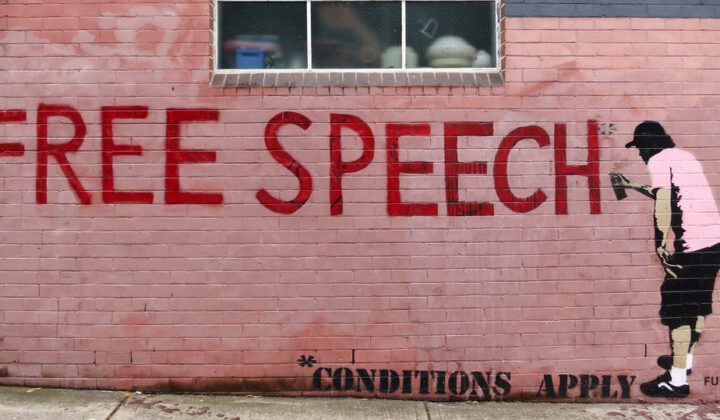What to Expect on Election Night
These aren’t normal times. We’re in the middle of a pandemic. Tens of millions are voting by mail. So be prepared for an Election Night different from those in the past, perhaps more akin to an Election Week.
An analysis conducted by the New York Times estimates that 80 million votes could be cast by mail this year. Tabulating these votes will likely take extra time. Pennsylvania and Wisconsin, considered key swing states, will not begin processing these mail-in ballots until Election Day. Many states will also accept ballots postmarked by Election Day that arrive later or will give voters an opportunity to correct mistakes on their ballots, while others will conduct security audits.
Importantly, be prepared for the President to declare victory, assuming he’s leading on Election Night. He has repeatedly hinted at this at rallies and in debates. But before jumping to any conclusions, you should wait for the networks to call the race.
1. When should I expect to know this year’s election results?
Because of these delays, you should be prepared not to know who won the election for days or even weeks. It took the 23 states that held primaries after mid-March an average of four days to report tentative complete results; Pennsylvania and Wisconsin took six days, and Georgia took ten.
However, there is also a possibility that one candidate will be far ahead based on preliminary results available on Election Day. The Washington Post reports that Arizona, North Carolina, and Florida are all expected to release preliminary results on Election Night. FiveThirtyEight reports that if any one of these states is called for Joe Biden, his chances of winning will shoot up to 98 percent or higher. (Remember: This would not mean the election would be over. Very low-probability events—like a severe global pandemic—are not impossible.)
2. What is the Red Mirage I’ve been hearing about?
Be wary of putting too much stock into the vote totals as they stand on Election Day. Surveys suggest that Democratic voters are roughly twice as likely to vote by mail than Republicans. Many of these votes will be counted after Election Day, so Election Day results—if they stand—would seem to indicate a Republican landslide. However, this “red mirage” would undergo a “blue shift” in the subsequent days as all of the Democratic-leaning mail-in votes are counted. A July simulation by Axios, using data from the Democratic political consulting firm Hawkfish, shows what this scenario could look like.
By the same token, exercise caution in interpreting the results of states like North Carolina and Texas that will process mail-in votes early. This will likely make their results appear more Democratic than they will later become.
More so than usual, this election will test our patience and require us not to jump to conclusions.
A good rule of thumb is to wait for word from news outlets’ decision desks on the outcomes in important states—they won’t call states until they are 99.5 percent sure of the winner. The data journalism site FiveThirtyEight has created this interactive tool to show how the probability of either candidate winning the presidential race will change as certain states are called.
For other Election Night questions, the New York Times has compiled a clear, accessible list of answers to FAQs—if you’re interested, check it out!
___
It’s Time to Vote. Here’s What You Need to Know:
- Make sure you are registered: Use this link to confirm your voter registration. If you’re not registered to vote, visit vote.gov to register (however, most voter registration deadlines have passed).
- Know where to go: Visit votinginfoproject.org to find the closest polling places to your home address. Make a plan for yourself, and give yourself time; the lines can get long!
- Know when to go: Visit ballotpedia.org to see when your state’s polls open and close. If the polls close while you’re still in line, stay on line; you will still be allowed to vote. And if you run into any problems, call the Election Protection Hotline: 1-866-OUR-VOTE / 1-866-687-8683
- What to bring: Most states require some form of identification to vote in person. Confirm exactly what you need here.
- Due to COVID-19 safety precautions, you’ll probably have to wait in line outside. Check the weather beforehand, and dress appropriately. You may need to wear a jacket, or use an umbrella. Don’t wear any campaign-related clothing; campaigning is prohibited at the polling place. Wear a mask!
- Pack a meal, water, and/or snacks. Make sure to have a cell phone on you to look up any last-minute questions or to call the election protection hotline if necessary.
- What to expect at the polling station: Expect a line; you never know if the line will be 2 minutes or 2 hours, so prepare for the worst-case scenario.
- Once you’ve waited, you will be greeted by a poll worker. Spell your name out loud to avoid any confusion when the poll worker is searching for your name in the voter records. For whatever reason, if your name is not in the records, you can fill out a provisional ballot (a ballot that is temporarily “on-hold” and will be counted once your registration is verified).
- Assuming everything checks out, you will be escorted to the voting booth. Read the instructions carefully, and don’t hesitate to ask questions. In some states, if you submit your vote and soon after realize that you made a mistake, you can request a paper replacement ballot.
- What to do if you encounter voter intimidation: It is a federal crime to “intimdate, threaten, or coerce any other person for the purpose of interfering with the right of such other person to vote or to vote as he may choose.” If you encounter anyone aggressively questioning you or someone else’s citizenship status, criminal record, and/or voter qualifications, or threatening economic harm or violence, alert a poll worker immediately. Voting should be, and should feel like, a safe process. If anything doesn’t sit right, speak up. Don’t be afraid to call the election protection hotline at 1-866-OUR-VOTE / 1-866-687-8683. Visit this link by Protect Democracy for more information on voter intimidation.
- Hungry? Pizza to the Polls is a wonderful nonprofit initiative delivering pizza to voting lines. What better way to get motivated to vote than by having a slice first?
____
How is the Rest of the World Covering the American Election?
While election coverage in the United States may feel like an inescapable deluge of news about “the most important election of our lifetime,” coverage in other parts of the world hasn’t really taken the same tone.
You might think the coverage would mirror the alarm and urgency you’re no doubt seeing in the US media every day, but despite some increased interest abroad, that hasn’t been the case. Much of the coverage is actually pretty run-of-the-mill political reporting from the point of view of each country, and how their relationship with the United States might be affected by each candidate. For the most part, the coverage leans slightly pro-Biden, but there are certainly exceptions, like in the Russian press.
1. So what are they saying in Russia?
As you might predict, Russian state media is pushing for both Trump and chaos. For example, RIA Novosti focuses on Biden’s mistakes, American culture wars, and the “civil war” that may begin on election night. The latter article includes quotes like: “it is very likely that election day will be included in history textbooks as the official date of the beginning of the second U.S. civil war: both sides will not recognize the election results if they lose. Both sides are ready to use any tricks from the experience of all the “color revolutions” and coups that the U.S. has initiated and carried out in the world over the past 50 years.” Kommersant and Meduza, two of the more independent sources in Russia, have mostly refrained from publishing opinion pieces, and have instead stuck to just reporting major events.
2. What are they saying in the UK and France?
British coverage falls predictably along ideological lines, but is relatively measured compared to the US media. Right-wing outlets like the Daily Mail feature pieces like: “Britain will be ‘less useful’ to the United States if Joe Biden wins.” The more centrist Times has headlines including, “US election: Confident Joe Biden takes fight on to Republican turf.” The Guardian, a left-leaning publication, has detailed coverage of the election, in-depth reporting, and explainers. They’re quite even-handed, other than the opinions section which more resembles an American paper.
A brief survey of the headlines in the left-leaning French newspaper, Le Monde, reveals titles like: “‘In Trump we still Trust’ the American Campaign View from Russia”, and “In Europe, illiberal leaders and the extreme right still believe in Donald Trump.” The news stories are standard, boiler-plate political reporting and explanatory journalism, but the opinion pages reveal a strong preference for Joe Biden. However, instead of criticizing the president for his inflammatory rhetoric or alleged racism, they prefer to stick to his actions in articles like: Trade war: “Trump opted for the unilateral and aggressive route”, which criticizes his trade policy as ineffective and overly aggressive.
3. What about India?
The two largest publications in India, the Times of India and the Hindu both focus on the US election from an Indian perspective. While they both have a great deal of fact-reporting, they spend more time than the other countries writing about how the election is affecting Indian-Americans, as well as India itself.
In America, there is a growing sense across the political spectrum that this election is the most important event in the world right now. Most other nations, however, don’t necessarily look at the US election as the end-all-be-all, but instead focus on how their countries will fare if one or the other outcome comes to pass.





